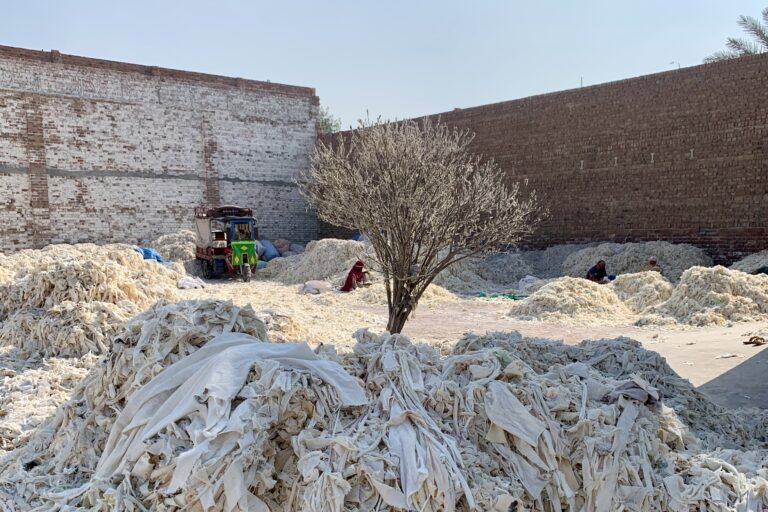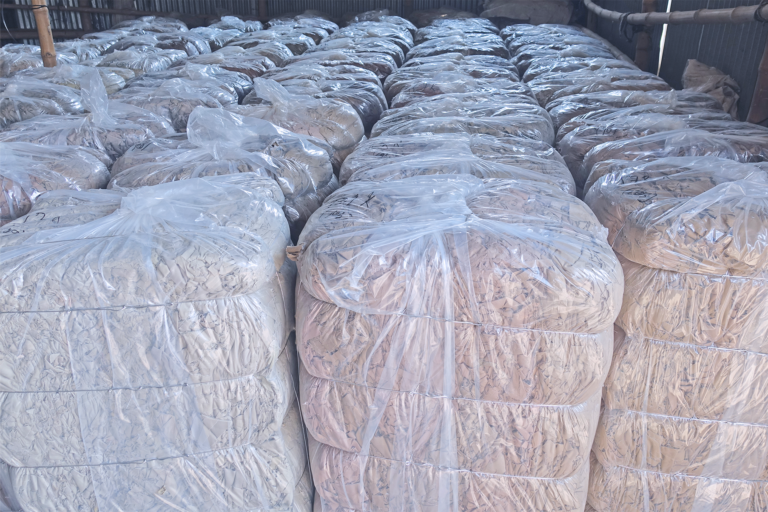The shift from linear to circular economy also needs a shift in how we measure our economy and how we interact with public statistics. To make effective decisions around the development of infrastructure, plan policy change to support businesses or offer best practice guidelines for circular economy, we need to know what’s the current status quo and how much progress is being made with each decision. We need real-time information on the material flows not only in monetary value, but in physical kilograms of different types of materials and its value in terms of the material hierarchies. And the best way to capture such data in real time is to connect existing and emerging digital solutions, make them speak to each other, and start connecting the data we already have at hand. This is why TEXroad was initiated – to create a dialogue between public and private sector around the opportunities of real-time data exchange around the textile material flows through our economy.
European Union claims that Europe is 12% circular. However, when digging deeper into how this % was calculated, it turns out that the proper statistics for measuring circular economy properly is very limited. We are used to tracing the well-being of our economy by the GDP globally, but this doesn’t give us good insight, for example, how many times has a kilogram of textile fibre been used through its different life-cycles or how much is the fashion industry reducing its demand for virgin fibres year by year.
Reverse Resources has set the goal to build such high-level statistics on the recyclable part of textile waste flows, tracing the waste from source to recycling by fibre composition and waste type. Although we’ve now traced over 10 million kilograms of waste in real time from start of 2021, these are just the first baby steps towards having a country- and industry- level statistics available for a proper public level insight and planning towards improvement of these material flows at scale.
However, our approach of driving the industry towards better circulation through introducing a strong business case has its downsides. We need to limit our focus on only such waste streams that align with our business case. We are able to attract data and statistics from only such parties and transactions where our Software as a Service platform can demonstrate value added to the participants of these transactions, or where the software can be used by a large industry player as an internal tool within their supplier networks to capture data of transactions within these networks.
But even though we are now collaborating with a number of the largest global fashion retailers like H&M Group, C&A, Next and many more, the aggregated data of the textile waste flows from source to recycling is not yet valuable for the public sector. Getting to a point where the public sector would look at a multi-sided software platform to capture data for the benefit of the public interest, to trace material flows and measure progress towards circular economy, is a far-fetched dream. There was no good angle for us for even to start the conversation how to move towards that goal. Why is that? And how could we change that?
These were some of the questions we asked before launching TEXroad project in collaboration with Accelerate Estonia, an audacious programme by the Ministry of Economic Affairs and Communications of Estonia to find solutions for some of the most wicked problems from the public sector side. The project was led by Traci Kinden and powered by Revolve Waste, with their extensive experience in the post-consumer waste sector.
The idea of TEXroad was to start building the bridge between the public and private sector in the context of exchange of data across the boarders of the different digital systems being used or developed around the movement of textile materials through the many different lifecycles of the fibres and textile products. Can we, through such data exchange, be able to capture the data and statistics of the textile flows in real time so that this could simultaneously be used by the public and private sector to support each other in the transition from linear to circular economy?
“TEXroad was inspired by X-Road, an open-source software and ecosystem solution in Estonia that provides unified and secure data exchange between organisations. It prioritizes inclusiveness, openness and reliability. Security and transparency, data ownership and the once-only principle are central concepts that provide value for users of the system. These concepts are precisely what is needed to enable the flow of data for the circular economy, and TEXroad applies the once-only principle for data entry and secure data exchange to address the information gaps creating bottlenecks for circular textiles.“
After 1.5 years of intense work, TEXroad team has now published a white paper explaining the concept and sharing the first learnings from the pilot run in Estonia to clarify the approach through real life experiments. You’re welcome to download the report from here.




